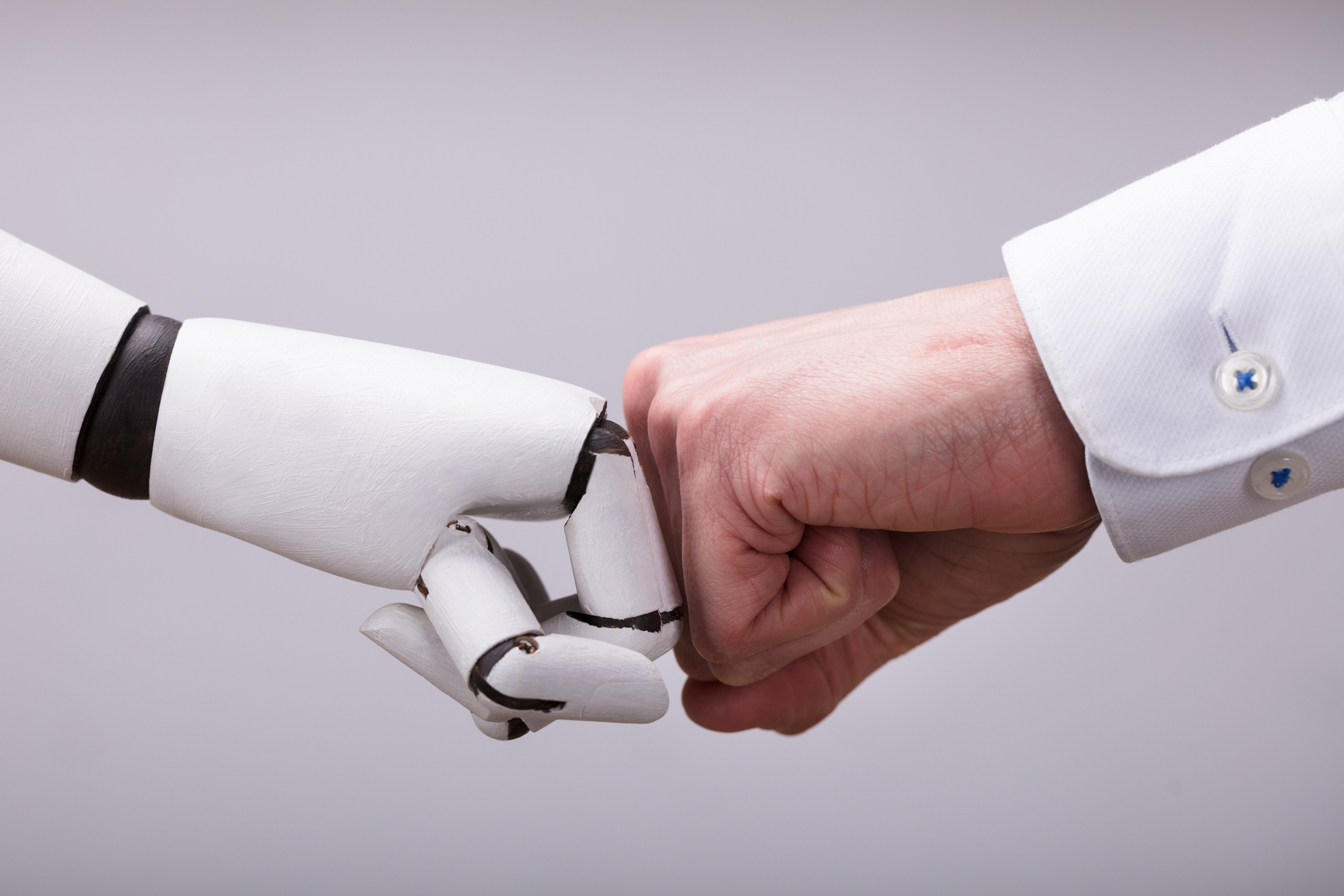
While healthcare organizations have been incorporating AI into their operations somewhat slowly and steadily, in recent years, there hasn’t really been what might be called a “gold rush” urgency to their intentions.
Until now. With the rapid spread of COVID-19 around the world, hospitals, in particular, are scurrying to introduce numerous forms of AI in the name of easing the onslaught of patients in need of help.
At the same time, however, as a recent article at STAT explains, it’s not clear just how much relief hospitals will get from AI, because it’s not clear how effective many of the new tools will be. As the writers sum up the dilemma, “The uptake of new technologies is moving so fast that it’s hard to keep track of which AI tools are being deployed — and how they are affecting care and hospital operations.”
That said, they take a good look at the array of AI systems hospitals are tapping to help them with the exploding crush of new patients.
For example, one of the common uses of AI in the response to the pandemic has been for use in screening patients who might be infected.
“Some health systems, including Cleveland Clinic and OSF Healthcare of Illinois, have customized their own chatbots, while others are relying on symptom checkers built in partnership with Microsoft or startups such as Boston-based Buoy Health,” they note. “Apple has also released its own Covid-19 screening system, created after consultation with the White House Coronavirus Task Force and public health authorities.”
Another approach using AI has been to use it to identify high-risk patients to enable doctors to reach out proactively. For example, “Clover, a San Francisco-based health insurance startup, is using an algorithm to identify its patients most at risk of contracting Covid-19 so that it can reach out to them proactively about potential symptoms and concerns. The algorithm uses three main sources of data: an existing algorithm the company uses to flag people at risk of hospital readmission, patients’ scores on a frailty index, and information on whether a patient has an existing condition puts them at a higher risk of dying from Covid-19.”
Developers code knowledge into those tools to deliver recommendations to patients. While nearly all of them are built using the CDC’s guidelines, they vary widely in the questions they ask and the advice they deliver.
Yet another use taps AI to help administrators manage and monitor the exploding number of patients that threaten to overwhelm their facilities. For example, “(u)sing a flu surge model created by the CDC, Qventus is working with health systems around the country to predict when they will reach their breaking point. It has published a data visualization tracking how several metrics will change from week to week, including the number of patients on ventilators and in ICUs.”
Other uses include screening frontline healthcare workers for signs of infection, working to distinguish COVID-19 from other respiratory illnesses and gauging responses to experimental treatments.
“If you don’t really know how good the tool is, it’s hard to understand if you’re actually helping or hurting from a public health perspective,” said Andrew Beam, an artificial intelligence researcher in the epidemiology department at Harvard T.H. Chan School of Public Health.
For AI in healthcare, it seems safe to say, COVID-19 is well on its way to becoming the mother of all trial runs.


